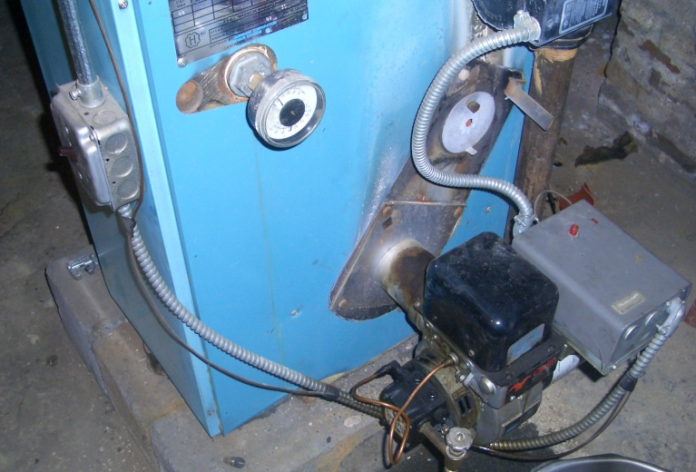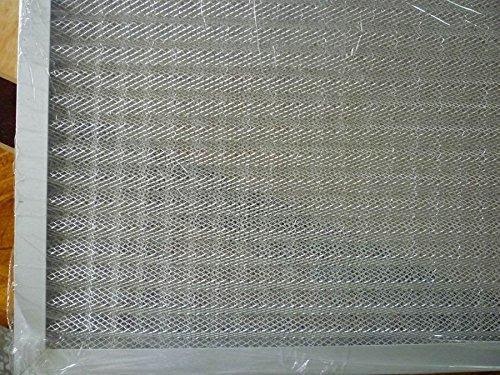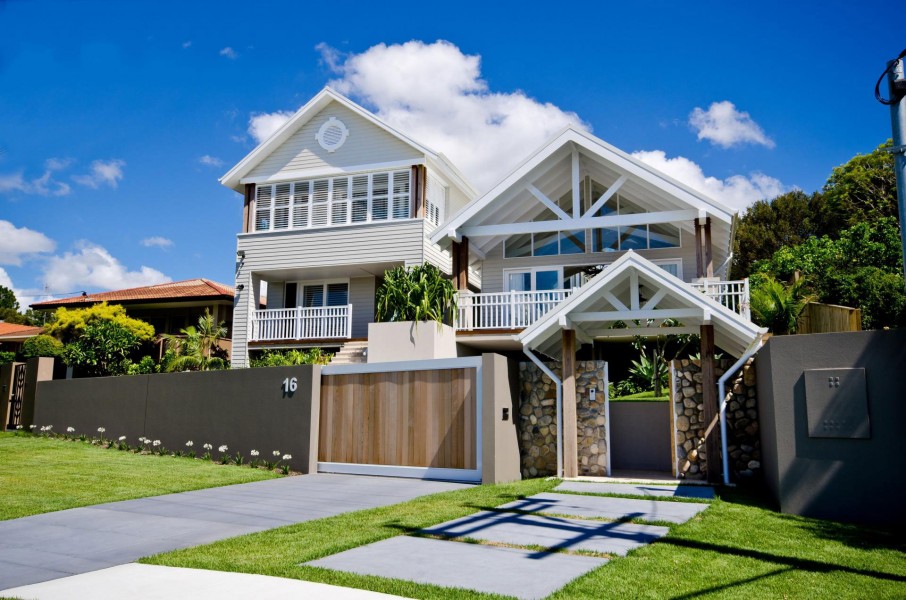A furnace should improve the air quality in your room or building. It should make your space comfortable to be in and not stress you out due to extreme temperatures.
However, there are certain situations when we encounter issues. As a result, it doesn’t work well the way we want it to be.
This could be because of many reasons. And if you’re not aware of the common issues that furnaces have, it’s easy to panic as you don’t know what’s causing your furnace to act up.
But, fear not. Here’s a peek at some of the usual furnace issues and how you can fix them.
Squealing Sound
If your furnace starts to make a sound, it’s understandable if you’d worry a lot, since it’s a sure sign that something is wrong. But try to listen to what sound it makes. If it’s a squealing sound, it’s usually caused by either a slipped or worn-out blower belt.
Most homeowners would usually call a mechanic right away to fix this problem, which isn’t a bad idea. But if you’re mechanically inclined, you can fix this on your own, so you won’t need to spend money on repair services.
If you can’t see any tear to the blower belt, it’s probably making a squealing sound because it’s just loose. One quick solution that you can do is tighten it. But, make sure that you don’t overdo it as tightening it too much might cause further damage to it.
If you can see signs of wear and tear to it, however, adjusting it won’t be enough. You’ll probably need to get a new blower belt and be sure to follow the replacement instructions in the manual.
Grinding or Scraping Sound
If your furnace starts to make a grinding or scraping sound, however, you’ll probably need to spend some cash for repair services. These kinds of sounds are caused by worn-out bearings.
This kind of issue requires professional help already. But once you hear either of these sounds, make sure to turn off your unit immediately, so you can prevent further damage from happening.
Not Heating or Only Blowing Cold Air
One of the common issues that homeowners complain about is that their furnace is not heating or may be blowing cold air. This might be due to a dirty filter. The technicians from Superior Heating & Cooling noted that when a furnace filter is clogged, its airflow could get affected. Thus, your room or building won’t get the maximum heating that it should give.
Another factor that could affect its function is its size. You won’t get maximum results if your furnace size doesn’t fit the size of your space. A smaller furnace doesn’t have enough capacity to heat larger spaces.
Pilot Light or Ignition Issues
If you’re using an older furnace and its pilot light won’t stay lit, it’s probably because of several factors: it could be because the thermocouple isn’t working well, you have a clogged pilot orifice, your switch is defective, or your flame setting is too low.
But this kind of issue isn’t ideal to be dealt with on your own. Since there could be many factors that are causing your pilot light to act up and it’s dangerous to test it on your own, you’ll need to call a professional instead.
If you’re using a furnace with an electric igniter, however, you can do the checking on your own. This is because such units have a safety feature that shuts it down automatically if it detects gas without any flame.
Usually, furnaces like this encounter such issues due to dirty sensors. When it gets dirty, it can’t sense the flames, so it just shuts everything down.
Cleaning it is easy. If you decide to clean it on your own, first, turn off your furnace and close the gas supply valve. Then, use a ¼-inch hex-head screwdriver to remove the flame sensor. Once you remove it, gently rub it with either an emery board or fine-grit sandpaper. Wipe the dust away and place it back.
Flames Changing Color
Did you notice your furnace burners’ flames change? If you did, don’t worry, this is also one of the common issues for furnaces. This might look harmless, though, but this should be addressed right away too.
If your burners are healthy, the flames that it produces should be blue. And if it isn’t blue, this means that debris got mixed into the flame. Hence, you’ll notice that it would turn yellow or orange. And when it does change in color, this signifies that your burners need some cleaning, so they can work to their full capacity.
You can do the cleaning by yourself as there are guides available online that are easy to follow. But if you want to play it safe, you can still have it maintained by a professional. Do note, though, that it will cost you some bucks.
Cracked Heat Exchanger
Another common issue that you might encounter is a cracked heat exchanger. One of the signs of this issue is a strong unpleasant odor that will remind you of a frog dissection unit. Another way to tell if it has some issue is to see if there is water on the floor around your furnace.
If you see any of these signs, immediately turn them off and call a professional. Don’t wait long before you do it as it can produce deadly carbon monoxide that could seep into your home and cause irritated eyes, nausea, headache, and even disorientation, as well as flu-like symptoms.
Popping or Pinging Sound
If you hear a popping or pinging sound as you use your furnace, don’t worry, this is normal and is caused by ducts that expand when heated and shrink when cooled. The loose flap of metal inside the duct can also cause sounds as it wiggles due to the air that moves through it. Try to make a small dent where it’s located to stop the sound.
It is crucial to know the common furnace issues that you’ll likely encounter. This will save you money and keep worries away.



















